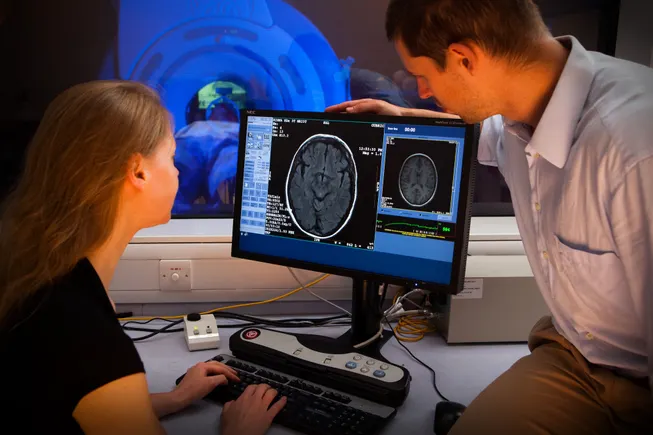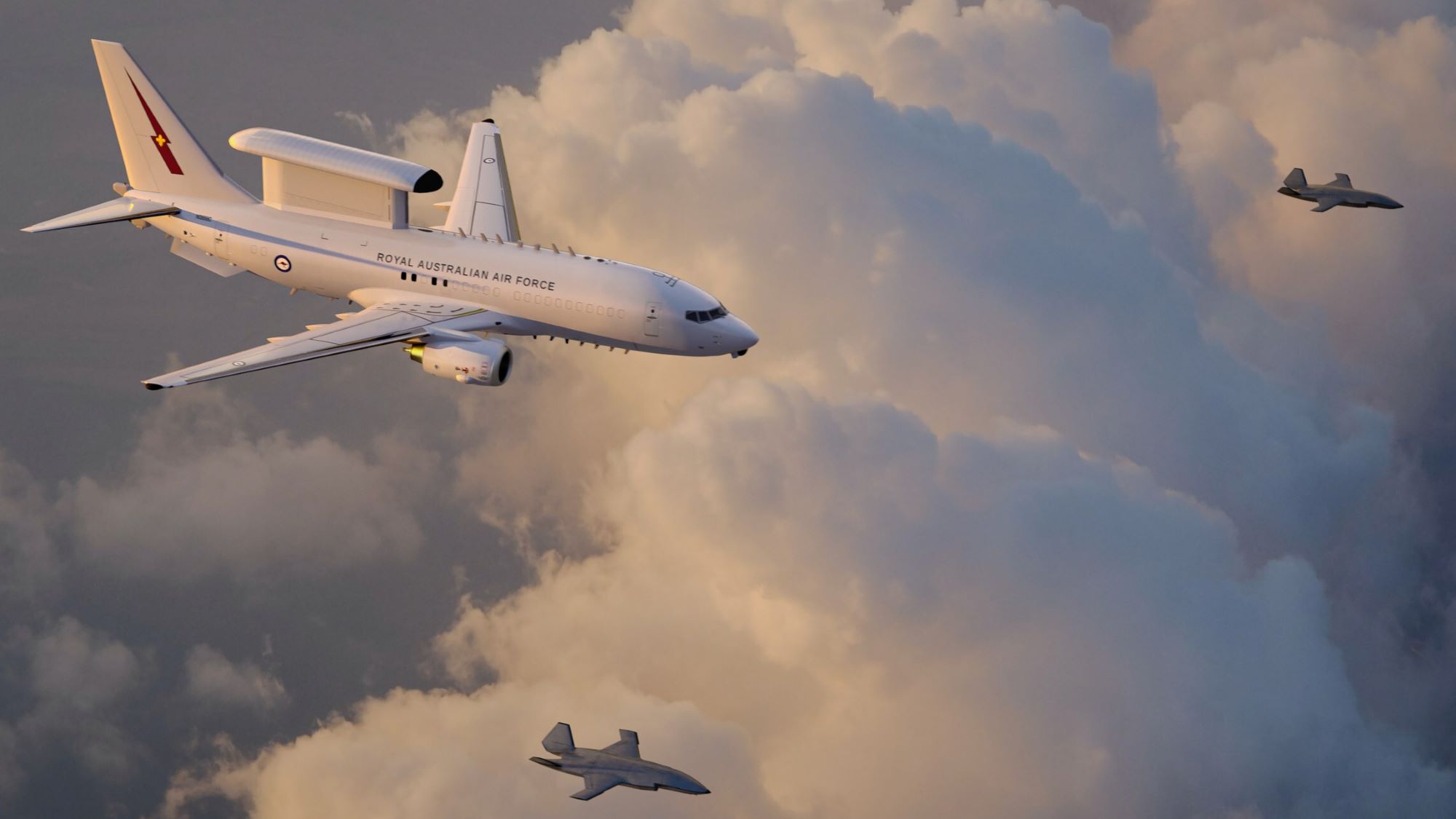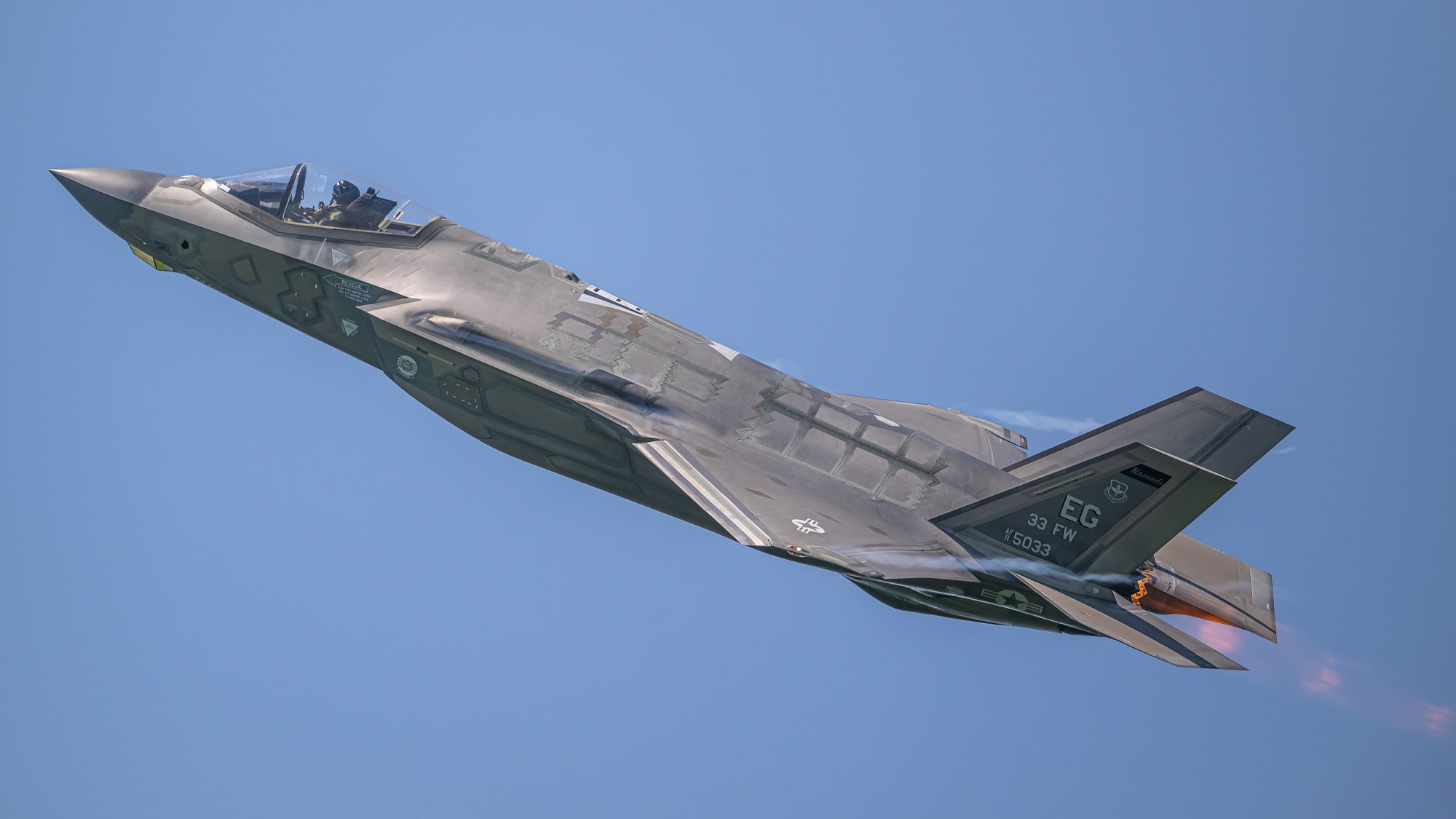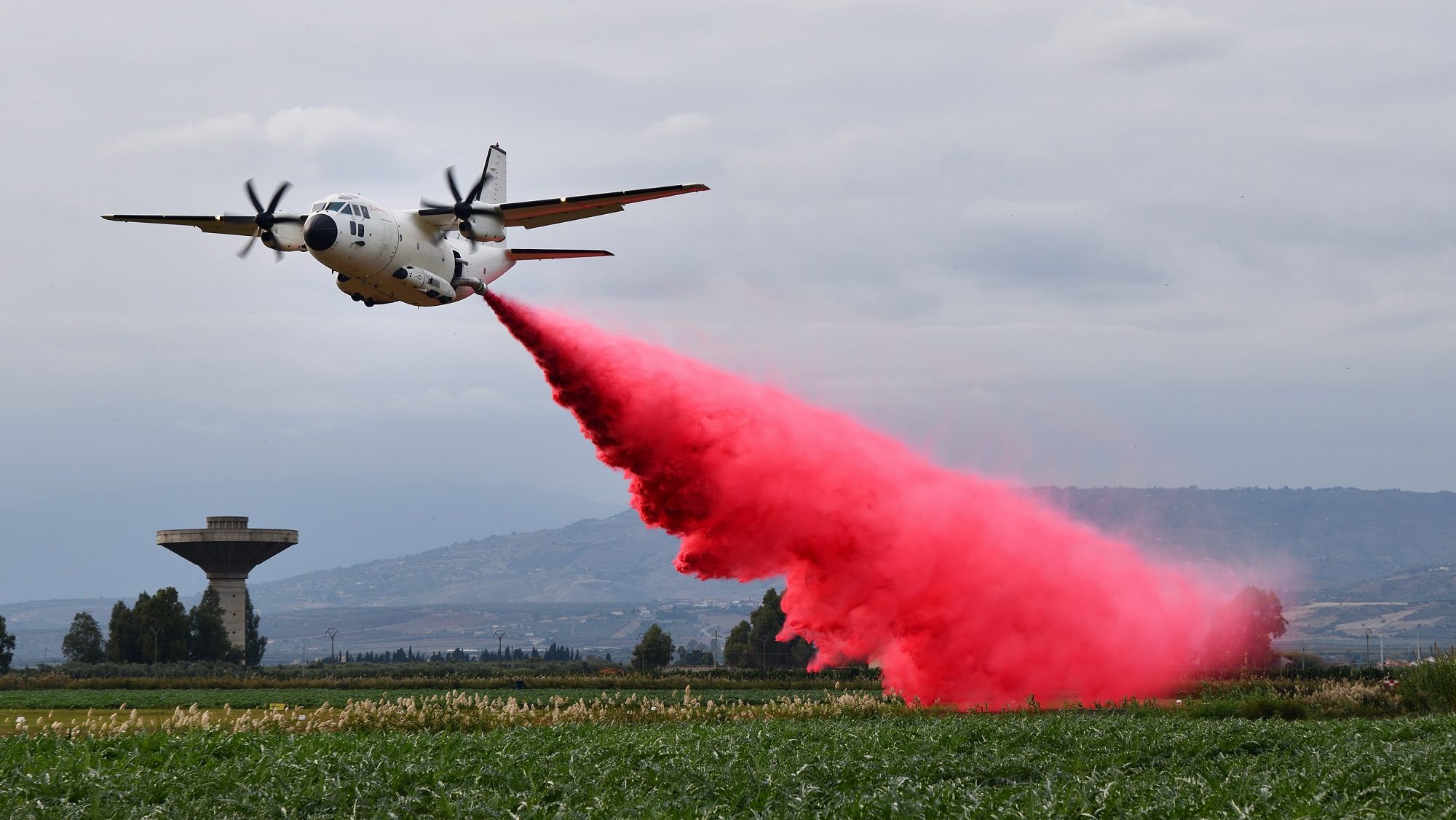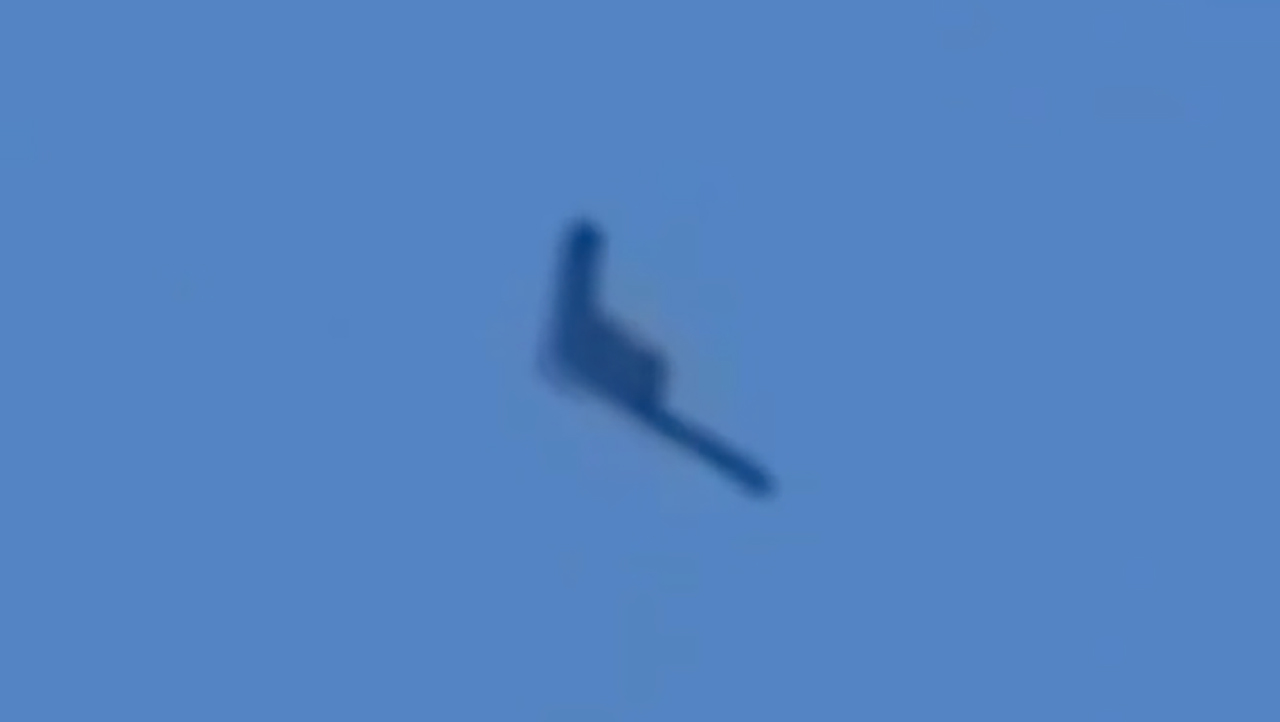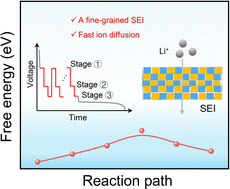Chinese sats appear to be attempting first-ever on-orbit refueling, sat tracking firms say
“While this type of close approach activity does not automatically signify a military mission, it obviously could provide a co-orbital counterspace capability,” expert Victoria Samson told Breaking Defense.


A Long March-3B rocket carrying a test satellite, Shijian-25, blasts off from the Xichang Satellite Launch Center in southwest China’s Sichuan Province, Jan. 7, 2025. (Photo by Du Xinxin/Xinhua via Getty Images)
WASHINGTON — A Chinese satellite designed for refueling missions has been dancing awfully close to another Chinese bird in orbit, raising the possibility Beijing is about to pull off — or already has pulled off — the first-ever on-orbit gas-up, according to satellite tracking firms.
Last week Slingshot Aerospace watched China’s experimental SJ-25, which Beijing launched in January and has said publicly said was meant for refueling missions, approach another satellite, SJ-21. But the view from terrestrial telescopes wasn’t able to confirm docking, much less refueling, so Slingshot concluded the data was “inconclusive” as to what exactly happened.
“If docking did occur, then the duration of that event would be no more than three hours,” a Slingshot spokesperson told Breaking Defense of the June 13 event.

Slingshot Aerospace is monitoring China’s SJ-25 as it prepares to dock with and refuel SJ-21 (center screen) in a first of a kind mission. After an extremely close approach on June 13, the two are predicted to converge again on June 23. (Screengrab of Slingshot video)
A spokesperson for COMSPOC, another US space tracking company, likewise said their tracking data showed the two satellites came within 1 kilometer (3,280 feet) of each other on June 13, “and possibly docked.”
The Slingshot spokesperson said that while the objects separated the next day, “they are reapproaching presently, with a predicted close approach on June 23,” suggesting a second attempt could be in the offing.
A successful space refueling between satellites, known in US Space Force parlance as a space mobility operation, would be “definitely a big deal,” according to Victoria Samson, Secure World Foundation’s chief director of Space Security and Stability.
She explained that it would represent a new capability for China — one that could be seen as militarily threatening. For that reason Samson called on Beijing to be more transparent about SJ-25’s mission.
“While this type of close approach activity does not automatically signify a military mission, it obviously could provide a co-orbital counterspace capability,” Samson said.
“I think it’s truly important to understand as much as possible what China is doing, ideally from information released from China itself. Otherwise, in the absence of any other information, many observers in the West will assume that this is part of a military mission and evidence that China is undertaking activities that threatens other countries’ ability to utilize space,” she added.
It was a concern alluded to a in a statement to breaking defense from the US Space Force about the SJ-25 and SJ-21 interaction. The Space Force’s component command for providing forces to US Space Command (SPACECOM) confirmed that the two Chinese birds “share a similar orbit” and are “moving in sync,” though the command did not comment on whether docking and refueling occurred.
“China’s Shijian satellites, designed for inspection and repair, also showcase advanced proximity operations that, despite being framed as peaceful, feature dual-use technologies — such as robotic arms and precision maneuvers — that could be adapted for counterspace missions and satellite interference. S4S continues to monitor these activities closely,” a spokesperson for Space Forces – Space told Breaking Defense Tuesday.
Previously SJ-21 raised eyebrows in the US national security community in 2022 when it docked with a defunct Beidou positioning, navigation and timing satellite and towed it out of geosynchronous Earth orbit to just beyond the so-called graveyard orbit where dead spacecraft are disposed. While Beijing advertised SJ-21 as a space debris removal experiment, US military officials routinely have speculated it could instead be used as a weapon to grapple US satellites out of orbit or otherwise cause damage.
Meanwhile, COMSPOC in a June 9 post noted that observations by made by Observable Space — a newcomer to the space situational awareness business founded in February that uses data from COMSPOC’s network of telescopes — showed two US satellites, USA 270 and USA 271, maneuvering in tandem with the SJ-25.
Those two satellites, launched in 2016, are two of the earliest satellites in the Space Force’s Geosynchronous Space Situational Awareness Program (GSSAP) constellation for monitoring the heavens. GSSAP contributes to SPACECOM’s Space Surveillance Network for tracking space objects, along with ground-based telescopes and radars stationed around the world.
Chinese pursuit of on-orbit refueling comes as US officials have been publicly dismissive of the capability. The Space Force has funded some on-orbit refueling experiments, but none of them have yet reached fruition, and senior service officials have made it clear that such operations are not on their near-term agenda.
According to the Pentagon’s fiscal 2026 research and development budget documents obtained by Breaking Defense, the Space Force request includes only $14.5 million for Space Access, Mobility & Logistics — the mission area that includes on-orbit refueling as well as other types of missions involving RPO and rapid maneuver — almost a 50 percent cut from the already meager FY25 budget of $24 million.
Kari Bingen, director of the Aerospace Security Project at the Center for Strategic and International Studies, said that China is “experimenting and testing to improve their military capabilities, tactics, and intelligence collection, and seeing how we respond — all through in-the-field learning.
“I can’t help but think about all the tactics, development, and operational learning they’re gaining. Give me a sports car, wide open space, and let me test its limits. And when I’m not limited by fuel, I can really push the envelope,” she added.
Clayton Swope, Bingen’s deputy, said that China’s demonstration, if successful, would represent “a paradigm shift” in space operations and the space marketplace.
“Refuelability may never make sense for low Earth orbit, but it’s hard not to see it making sense the further you go away from Earth,” he told Breaking Defense. “Expensive, high-value satellites in geosynchronous orbit, or even further afield, need not be disposable, one-time-use systems. China seems to get that, while we risk being late to the party.”






























































